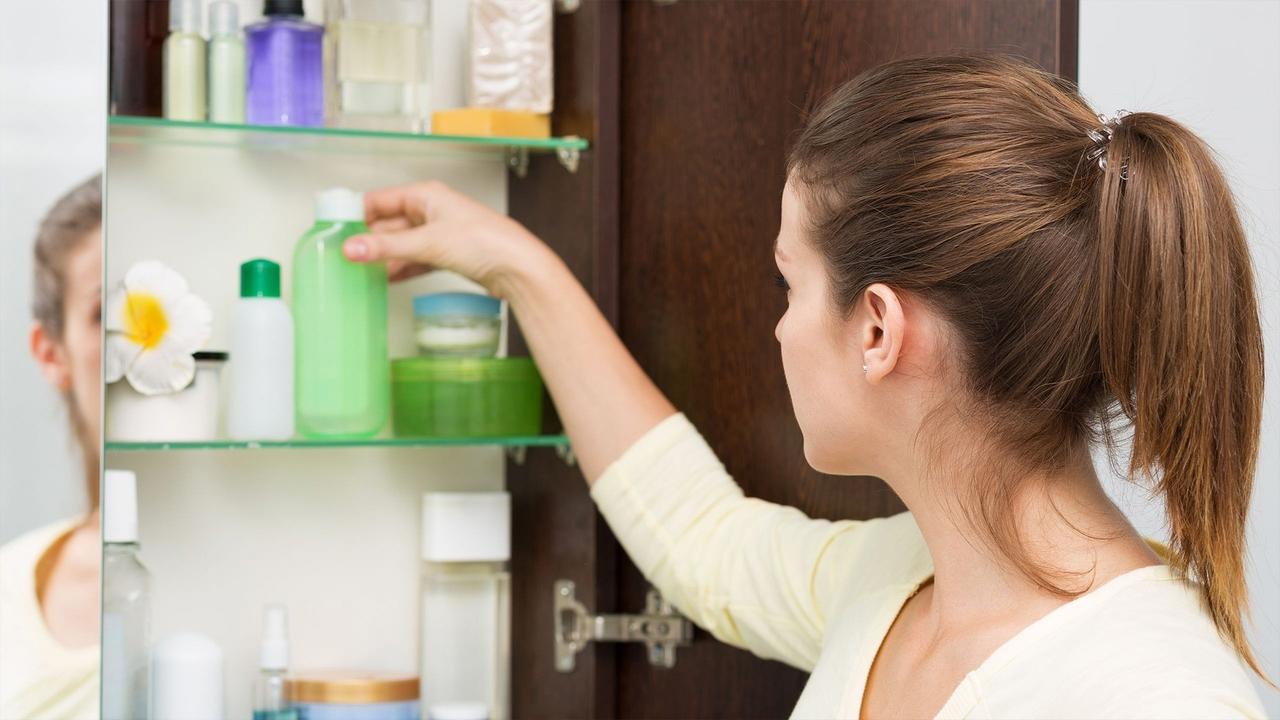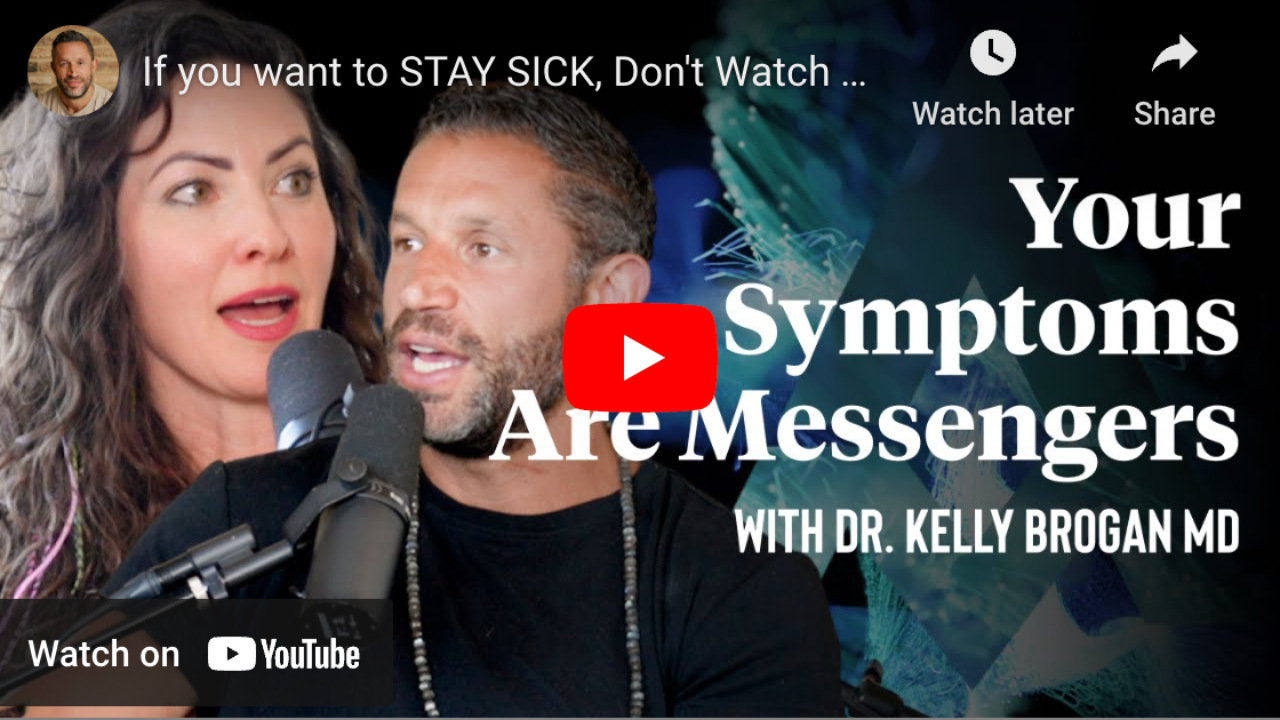4 Toxic Ingredients to Avoid in Your Personal Care Products

The Post-Industrial Legacy
Here is an uncomfortable fact: as inhabitants of an industrialized nation, we have an average of 700 synthetic chemicals in our bodies. Right. Now.
That may seem hard to swallow until you realize that approximately 84,000 chemicals are introduced into food and consumer products in America each year. 1
More than 13,000 such chemicals are used in health and beauty products2 most of which never undergo any safety testing. You read that right. None. Zilch. Zero.
Now, doesn’t that make you feel safe?
Hiding in Plain Sight
You may not realize it, but your bathroom cabinet may be the most toxic place in your entire home! If you have already done the work to clean out your pantry of processed, chemical-laden food, you may think you have the upper hand on what’s going into your body. But what we eat is not the only thing we digest.
Did you know that the skin is our largest digestive organ?3 What we put on our skin is absorbed directly into the blood and lymphatic system, without benefit of the filtration that our food undergoes during the digestive process. The skin’s job is to protect us from the harms of the outside world. But what if we are letting the enemy in through the back door?
What’s in that Bottle?
The FDA does not currently regulate the ingredients in beauty products, except for a few color additives.4
The only way these chemicals are questioned is when they are injurious to a “sufficient” percentage of the public to merit a class-action lawsuit. This injury must be immediate and obvious to warrant scrutiny. If the effects of the chemical exposure are masked or cumulative, which they often are, the unsuspecting public may never become aware of the imminent dangers posed by this continuous, low-dose exposure to dangerous chemicals. By the time safety standards and testing do catch up, it’s often too late for many individuals.
The law does not require cosmetic products and ingredients, other than color additives, to have FDA approval before they go on the market. ~ Kelly Brogan, MD
Suffering for Beauty
American women are more bombarded by latent chemical exposures than ever before. It’s estimated that we come in contact with nearly 200 chemicals a day5 via the typical hygiene and beauty routine alone.
It’s easy to feel a sense of overwhelm when you wake up to this harsh (literally!) reality. But there is some really good news! With just a few changes to your main products - soap, toothpaste, shampoo, cosmetics - you can immediately stop the exposures you are most frequently in contact with, greatly reducing your overall toxic burden. By finding (or making) clean alternatives, you will take back control and create powerful, long-term benefits.
4 Toxic Ingredients to Avoid in Your Personal Care Products
1. Sulfates (sodium lauryl, sodium laureth, etc.)
Look for in: shampoo, body wash, oral hygiene products, cleansers, make-up, skin care serums, topicals, hair styling products, hair color
Linked to: cellular damage, reproductive disorders, kidney damage, respiratory problems, skin, lung, and eye irritation.
Also labeled SLS or SLES, this additive is used to enable adequate mixing of solid and liquid ingredients in more than 90% of personal care products on the shelf. Its ability to combine with other chemicals is the problem - combinations are impossible to control and form many known carcinogens.
Sulfates create the foaming effect that consumers want in shampoos, cleansers, and toothpastes. So, don’t be disappointed if your all-natural alternative doesn’t fizz and bubble - it’s still doing the job.
2. Phthalates (dibutyl phthalate, diethyl phthalate, dimethyl phthalate, fragrance, MMP, MEP, MiBP, DMP, DEP, DiBP)
Look for in: deodorant, antiperspirant, perfumes, fragrances, all hair products, skin cleansers, make-up, moisturizers, lotions, spray tans
Linked to: endocrine system disruptor, suspected carcinogen, cellular damage, reproductive disorders, birth defects, hormonal changes, early onset puberty, thyroid abnormalities
Phthalates are one of the worst by-products of our plastic dependency, and the effects are cumulative. In March 2004, the Center for Disease Control (CDC) did a population sampling which found 97% of the 2540 people tested had measurable levels of phthalates in their bodies.6
Used to make plastic soft, phthalates show up in many products, under many names. Beyond scouring labels, avoid buying products that are in plastic containers, as well as any product listing “fragrance” as an ingredient.
3. Triclosan (triclocarban)
Look for in: sanitizer, anti-bacterial products, body wash, deodorant, antiperspirant, all hair products, toothpaste, mouthwash, teeth whiteners
Linked to: heart disease, heart failure, reproductive disorders, hormonal changes, thyroid abnormalities, endocrine system disruptor, disrupts muscle function, skin irritant
Triclosan was born from the microbial invader way of looking at disease - the germs “out there” will get “in here” and we will never be able to defend ourselves!
We now know the folly of our ways.7 We need healthy bacteria as much as it needs us, and these chemicals do not discriminate with what they exterminate! In addition, studies show anti-bacterial soaps are no more effective at preventing illness than using plain soap and water.8
4. Parabens (any form: -paraben, methylparaben, propylparaben, etc.)
Look for in: cosmetics, make-up removers, deodorant, antiperspirant, lotions, spray tans, sunscreens, shampoos, cleansers, body wash
Linked to: breast cancer, tumors, endocrine system disruptor, reproductive disorders, hormonal changes, thyroid abnormalities
Parabens are preservatives that prevent the growth of mold and bacteria, and are omnipresent in personal care products (as well as food, pharmaceuticals, and more). Known to be cancer-causing, they have been identified in biopsy tissue from breast cancer tumors9 and show up in the urine samples of more than 99% of Americans surveyed.10
Highly potent when absorbed through the skin, parabens function as hormone-mimickers in our bodies, leading to endocrine and thyroid dysregulation. Parabens are also found in most pharmaceuticals. Could this be why organizations who profit from cancer treatment have begun downplaying these risks and associations?11
A Clear Path Forward
Acting to remove these dangerous chemicals from your personal care routine doesn’t have to leave you without a way to shower, shampoo and shine! There are lots of safe, effective products that you can substitute for your old soap, shampoo, makeup, deodorant and even hair color.
You can check out some of my favorite products (all of which I have personally tested and LOVE). EWG’s Skin Deep Cosmetic database is another great resource for checking on your products’ safety ratings and finding low-risk alternatives.
Another fun option is to experiment with making your own products. My friends over at Wellness Mama have put together this super-handy list of over 20 DIY beauty recipes that use no more than 7 ingredients each! You get the benefits of control over what goes into your body, and you can customize the recipes to use your favorite essential oils for a variety of soothing effects, depending on your mood.
An Ounce of Prevention is Worth a Ton
Reducing your chemical exposures doesn’t have to be hard. Focus on those areas where you DO have control, and make consistent, clean choices.
If you want the support of a like-minded community while you move through these changes, I invite you to join us for your own Vital Mind Reset. This program is based on my New York Times best-selling book, A Mind of Your Own, and walks you through all the steps needed to detox your body, your home, and your life. Click here for more information, and to begin the 44-day journey towards your most vital you.
Footnotes:
- https://www.youtube.com/watch?v=J9SWBAUlAvw
- http://articles.mercola.com/sites/articles/archive/2015/05/13/toxic-chemicals-cosmetics.aspx
- https://www.aad.org/public/kids/skin
- https://www.fda.gov/cosmetics/guidanceregulation/lawsregulations/ucm074162.htm
- http://articles.mercola.com/sites/articles/archive/2015/05/13/toxic-chemicals-cosmetics.aspx
- https://www.ncbi.nlm.nih.gov/pmc/articles/PMC1253722/
- https://www.ncbi.nlm.nih.gov/pubmed/16922622
- https://www.fda.gov/ForConsumers/ConsumerUpdates/ucm378393.htm
- https://www.ncbi.nlm.nih.gov/pubmed/14745841
- https://www.ncbi.nlm.nih.gov/pmc/articles/PMC2866685/
- http://ww5.komen.org/KomenPerspectives/Environmental-Chemicals-and-Breast-Cancer-Risk.html
Want to continue reading?
Enter your details below to read more and receive updates via email.









